MARKET OVERVIEW
The global atopic dermatitis market functions in a dynamic environment where the healthcare industry goes in search of workable remedy options for a chronic and inflammatory skin disorder affecting millions worldwide. Atopic Dermatitis, also called eczema, is characterized by red itchy rashes, mostly heralded by childhood episodes that persist into adulthood. Due to the ever-increasing demand for advanced therapeutic interventions, the atopic dermatitis market has experienced positive activity waves.
With adaptability in patient expectations and doctors' needs being perhaps the greatest defining feature, the global atopic dermatitis market is maintaining its dynamics. It is, in fact, a vibrant arena for research, innovation, and coalition amongst pharmaceutical companies, biotech firms, and researchers; all intent on alleviating the suffering caused by chronic Atopic Dermatitis. This has created an environment conducive to the birthing of novel modes of treatment-from topical creams, to the most advanced biologic therapies.
As they traverse the large landscape of this industry, stakeholders confront challenges and opportunities set in place by demarcations ranging from regulations to patient preferences and advances in medical science. The regulatory environment is paramount in determining the direction of the global atopic dermatitis market, ensuring with utmost diligence, that all new therapies meet strict standards for safety and effectiveness. Meanwhile, the market is reacting to these changing perceptions from patients who now demand more personal and convenient options for treatment.
The market offers astronomy degree products for the treatment of Atopic Dermatitis." As major traditional treatments, topical corticosteroids, calcineurin inhibitors, and phosphodiesterase-4 inhibitors were joined in recent years by biologics such as dupilumab, marking the birth of precision medicine. These scientific advances provide symptomatic relief and show the resolve of the market to tackle the underlying factors of Atopic Dermatitis, thereby ensuring the provision of long-term management for patients.
Besides, the Global Atopic Dermitis market is also a fertile ground for integrating technologies. Digital health solutions from telemedicine platforms to apps are stepping in to facilitate remote patient monitoring and optimize overall patient experience. This technological infusion not only improves access to healthcare but enables better independence for patients in their management of Atopic Dermatitis.
The global atopic dermatitis market stands as a dynamic and responsive territory where scientific innovation can address the urgent needs of those struggling with a chronic skin malady. As the market progresses-given the research breakthroughs and high technological integration-it promises to change the face of Atopic Dermatitis management.
Global atopic dermatitis market is estimated to reach $38668.6 Million by 2032; growing at a CAGR of 16.3% from 2025 to 2032.
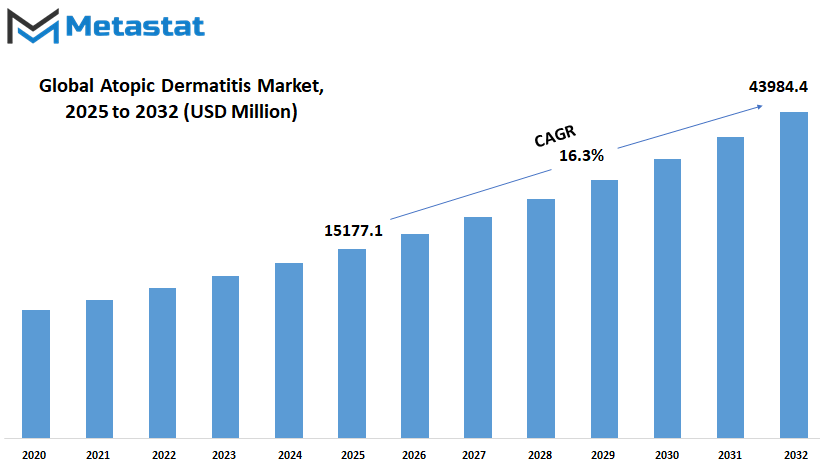
GROWTH FACTORS
The global atopic dermatitis market is on the meshes of expansion as the factors that boost the existing market include, but are not limited to, the increasing incidence of the disease, growing awareness, advancements in medical technology, and rising healthcare expenditures, all of which point toward a supportive government initiative. These are aspects that build a dynamic market landscape for the atopic dermatitis market in terms of innovation and actual improvement of overall quality care delivered to patients affected with this chronic skin disease.
Atopic Dermatitis, a persistent skin ailment marked by pruritus and excoriated cutaneous areas, has seen a phenomenal transformation of the markets for this disease worldwide. This is attributed to certain factors that play a significant role in the so-truncated definition of the global atopic dermatitis market. Among these drivers is the rising incidence of this disease worldwide. Above, more numbers of patients suffering from this disease are there, increasing demands for medicines that treat such patients. This increase in demand triggers pharmaceutical companies to invest in research and development, bringing about innovations in therapy and medication delivery.
Both awareness and knowledge of Atopic Dermatitis among the healthcare professionals and the general population have been other contributing factors to market growth. The more people come to understand what such a condition is and how it affects daily life, the more they want to seek the medical advice regarding what can be done and what treatment options are available. Thus, this demand adds to the overall growth of the atopic dermatitis market through providing an environment ideal for growth.
New medical technologies and the invention of a few new kinds of diagnostic tools would offer a remarkable support for the diagnosis and management of Atopic Dermatitis. The uncovered concept of personalizing healthcare for individual patients is driving the market because of an accurate, efficient diagnosis that many healthcare professionals would do.
On the other hand, the expansion of healthcare all over the world has brought access to Atopic Dermatitis treatments even to developing countries as much money is being poured into healthcare services. With the number of available resources for healthcare services increasing, so do options available for the treatment of those suffering from Atopic Dermatitis, thus increasing the market size.
Government policies and campaigns promote better dermatological healthcare to improve the atopic dermatitis market positively; they prioritize skin health and take steps to support research and development in this area.
MARKET SEGMENTATION
By Drug Class
Atopic Dermatitis is a condition that depends on a host of diverse therapeutic options. It is of paramount importance to understand these drug classes to understand the vibrancy of Atopic Dermatitis therapy.
Corticosteroids are, thus far, paramount in the pharmaceutical arsenal. Their anti-inflammatory effect is crucial in bringing down symptoms, thereby providing comfort to patients affected by Atopic Dermatitis. The other class of medications is making progress in this area: PDE4 inhibitors. The inhibitors act on a specific enzyme, managing inflammation to assist clinical efficacy in the whole process.
Biologics present unique options that harness biological processes to modify immune functioning. This may offer hope to those suffering from atopic dermatitis and who are resistant to standard treatment options. At the same time, Skin Barrier Emollients play a role in caring for and reinforcing the skin barrier, which is one more aspect to integrate into the management of this condition.
On the side of immunosuppressants, CNI Immunosuppressants step in as a very big player. The mode of action for these drugs is suppression of the immune response, stopping Atopic Dermatitis from flaring. Another class, JAK inhibitors, contains a highly targeted drug with an exciting new level of nuanced treatment on top of the signaling pathways.
Other possible treatment concepts are bundled under 'Others.' Though these addresses do not fit neatly into the classes, they add to the assortment of options for treatment. This broader category implies the continuing search for new approaches to treat Atopic Dermatitis.
Throughout these categories crusading toward the treatment of atopic dermatitis, these divisions are truly documenting a near-complete history of drug development towards pharmaceutical intervention. Each of them has its peculiarity and, thus, encompasses the nature of the discovery and development of options for Atopic Dermatitis treatment. These diverse pharmacotherapies present the way toward effective management of the condition for the benefit of both healthcare professionals and patients involved, thus ensuring personalization and comprehensiveness in addressing the manifold complexities related to Atopic Dermatitis.
By Distribution Channel
The atopic dermatitis market is being parceled out into geographical markets across the global regions by distribution channel: hospital pharmacies, retail pharmacies, and online pharmacies. At all these distribution channels, it is therefore safe to say that diagnosis and treatments for various forms of atopic dermatitis are being made accessible to patients.
Hospital Pharmacies, an example of a distribution channel, emphasizes patients receiving immediate care and services offered by the health facility to obtain the example that is usually prescribed. Hospital pharmacies address highly essential components of outpatient health care, providing the reliable source of prescribed medications along with all needed guidance in proper usage with the purpose of ensuring that patients receive the proper support during their visits to the hospital.
Retail pharmacies, on the other hand, serve a wider scope of people providing people with medications for atopic dermatitis in local pharmacies. Such a health distribution mechanism enables people to access prescribed treatment without needing a visit to the hospital. Accessibility of all those retail pharmacies would particularly benefit the healthcare decentralizes.
Online pharmacies have taken a different turn in modern times: they trend well in allowing someone to order their medications for atopic dermatitis through his home. The distribution channel thus becomes favorable to patients who might be disabled in mobility or prefer easy online transactions. Online pharmacies improve accessibility and availability of drugs for Atopic Dermatitis throughout the world.
These distribution channels lead to the importance of being available together to ensure that at the end of the day, the drugs reach the patient. For instance, if Hospital Pharmacies provided immediate support, Retail Pharmacies are there for local access while Online Pharmacies provide the convenience of obtaining widely available Atopic Dermatitis treatment. As the market continues to evolve, these channels are set up to play an important role in meeting the different preferences and needs of individuals seeking relief from Atopic Dermatitis soon.
|
Forecast Period |
2025-2032 |
|
Market Size in 2025 |
$15177.1 million |
|
Market Size by 2032 |
$43984.4 Million |
|
Growth Rate from 2025 to 2032 |
16.3% |
|
Base Year |
2025 |
|
Regions Covered |
North America, Europe, Asia-Pacific, South America, Middle East & Africa |
REGIONAL ANALYSIS
The study of the global atopic dermatitis market is, in fact, done from a regional perspective, thereby providing an explanation of market dynamics and trends in different geographical areas. The geographical segmentation of the atopic dermatitis market exposes the variations in the prevalence and management of this skin condition across regions. Climate, lifestyle, and genetics are some of the reasons attributed to varying rates of incidence and treatment of Atopic Dermatitis in several parts of the world.
In North America, for example, extreme cold to hot weather or climate could affect the incidence of Atopic Dermatitis due to environmental factors, while the warm climate might support another set of patterns in Atopic Dermatitis prevalence in such climates found in Asia.
Europe's climate factors and lifestyles will give yet another dimension to the atopic dermatitis market from regional to regional level. Thus, regional variations in management of Atopic Dermatitis become further accentuated by healthcare infrastructures and access to treatment.
In Latin America and Africa, the differences from the more economically developed areas in their challenges and management of Atopic Dermatitis testify to the impact of socioeconomic factors on the incidence and treatment for Atopic Dermatitis.
The Asia-Pacific region, expressing this diversity of countries, presents a blend of environmental, genetic, and cultural factors upon Atopic Dermatitis. Such knowledge of the regional intricacies is crucial towards contriving a plausible pathway of prevention and management.
Being regional in nature, the analysis of well-being in the atopic dermatitis market is a source of intelligent information on the regional presentations and management of this skin disorder; thus, this information can be of great utility in developing interventions, therapies, and health policies that consider the needs of and challenges faced by people from different geographic areas.
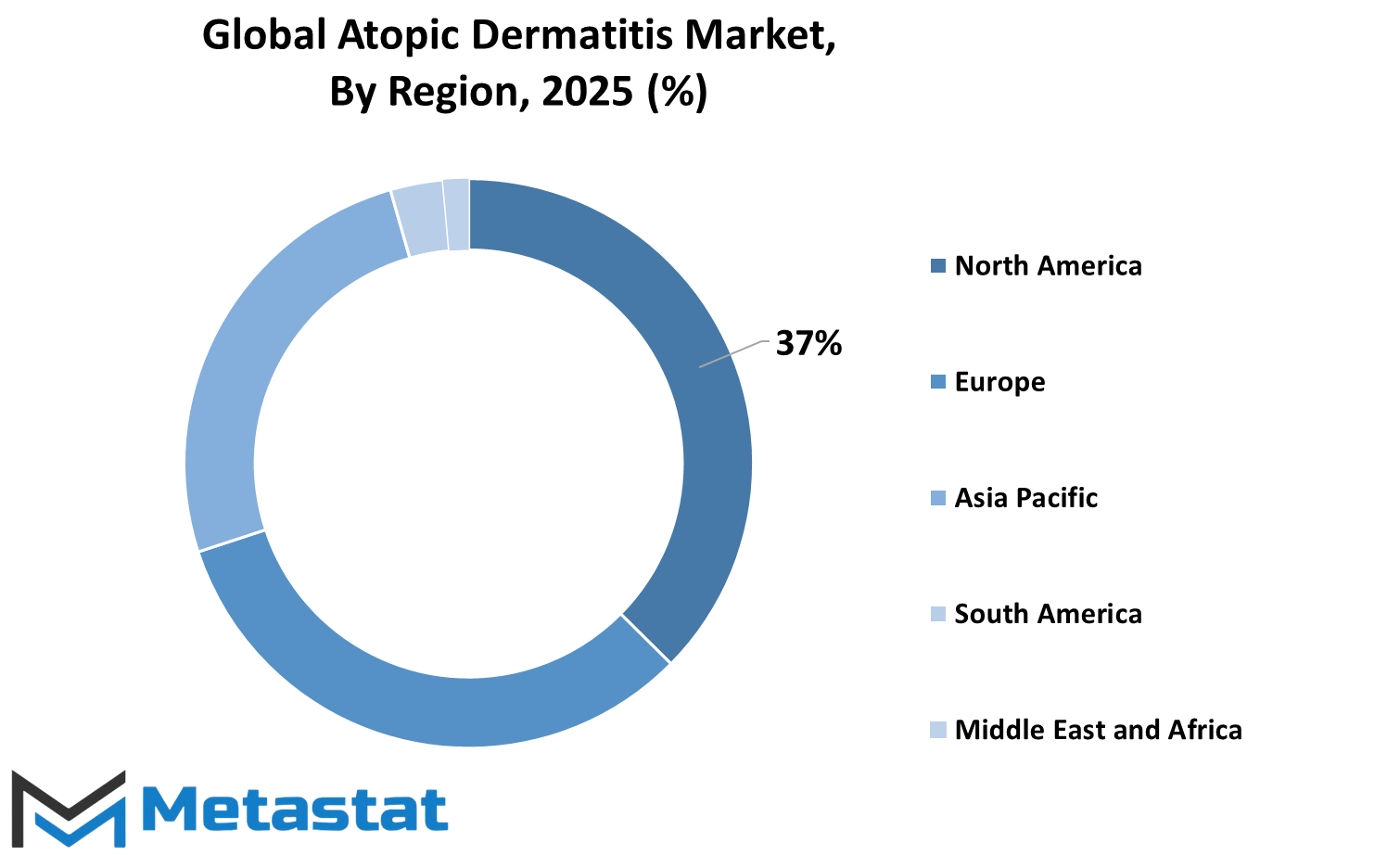
COMPETITIVE PLAYERS
The atopic dermatitis market is a place that keeps on moving globally as it has much of the key players in the market participating actively. These companies play a grand role in shaping the very big current trend of the Atopic Dermatitis industry towards the future.
Among the leading contenders in atopic dermatitis market would include names like AbbVie Inc., Incyte Corporation, Leo Pharma, Inc., Otsuka Pharmaceuticals Co., Ltd., Pfizer Inc., Regeneron Pharmaceuticals, Inc., Sanofi S.A., Viatris, Inc., Arcutis Biotherapeutics, Inc., Asana Biosciences, Inc., Bayer AG, Bristol-Myers Squibb Company, Dermavant Sciences, Inc., Eli Lilly and Company, Galderma, Inc., and Novartis.
Apparently, they have brought their different skill sets, resources, and skills to the table. Presence and contribution by them only show how competitive the atopic dermatitis market is. Their actions and strategies impact the market conditions, ranging from research development initiatives to marketing or distribution strategies.
AbbVie Inc., for instance, is not just a company making good Atopic Dermatitis medications for a profit; it has a reputation for innovation. Likewise, Incyte Corporation stands in this market with attention to primary research and collaboration, focusing on evolving patient needs.
Leo Pharma, Inc. also makes a worthy contribution with its patient-centric sustainable approaches in tackling atopic dermatitis problems. The company is also supported by some other key players in wide areas such as Otsuka Pharmaceuticals Co., Ltd., Pfizer Inc., and Regeneron Pharmaceuticals, Inc.
Sanofi S.A., Viatris, Inc., Arcutis Biotherapeutics, Inc., Asana Biosciences, Inc., Bayer AG, Bristol-Myers Squibb Company, Dermavant Sciences, Inc., Eli Lilly and Company, Galderma, Inc., and Novartis together comprise a large portion of the world's key players as far as the global atopic dermatitis market is concerned.
The competitive space in atopic dermatitis market has been thus designed by different efforts of these players. But have they actually able to inflect the importance of research and patient-centric approaches to find new avenues in improving the industry? As dynamic as the atopic dermatitis market is shaping, so does the role of these key players pay in continuing the shaping of future outcomes.
Atopic Dermatitis Market Key Segments:
By Drug Class
- Corticosteroids
- PDE4 Inhibitors
- Biologics
- Skin Barrier Emollients
- CNI Immunosuppressants
- JAK Inhibitors
- Others
By Distribution Channel
- Hospital Pharmacies
- Retail Pharmacies
- Online Pharmacies
Key Global Atopic Dermatitis Industry Players
- AbbVie Inc.
- Incyte Corporation
- Leo Pharma, Inc.
- Otsuka Pharmaceuticals Co., Ltd.
- Pfizer Inc.
- Regeneron Pharmaceuticals, Inc.
- Sanofi S.A.
- Viatris, Inc.
- Arcutis Biotherapeutics, Inc.
- Asana Biosciences, Inc.
- Bayer AG
- Bristol-Myers Squibb Company
- Dermavant Sciences, Inc.
- Eli Lilly and Company
- Galderma, Inc.
- Novartis AG
WHAT REPORT PROVIDES
- Full in-depth analysis of the parent Industry
- Important changes in market and its dynamics
- Segmentation details of the market
- Former, on-going, and projected market analysis in terms of volume and value
- Assessment of niche industry developments
- Market share analysis
- Key strategies of major players
- Emerging segments and regional growth potential



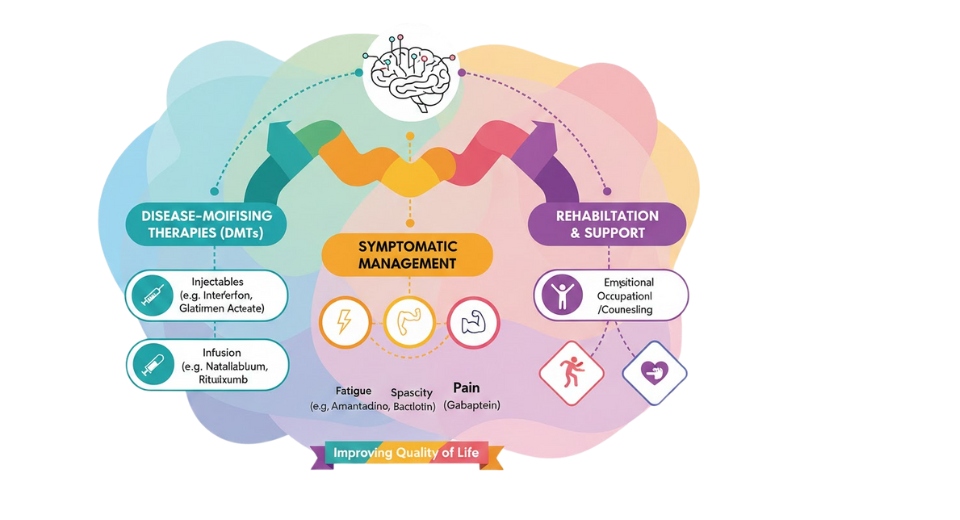
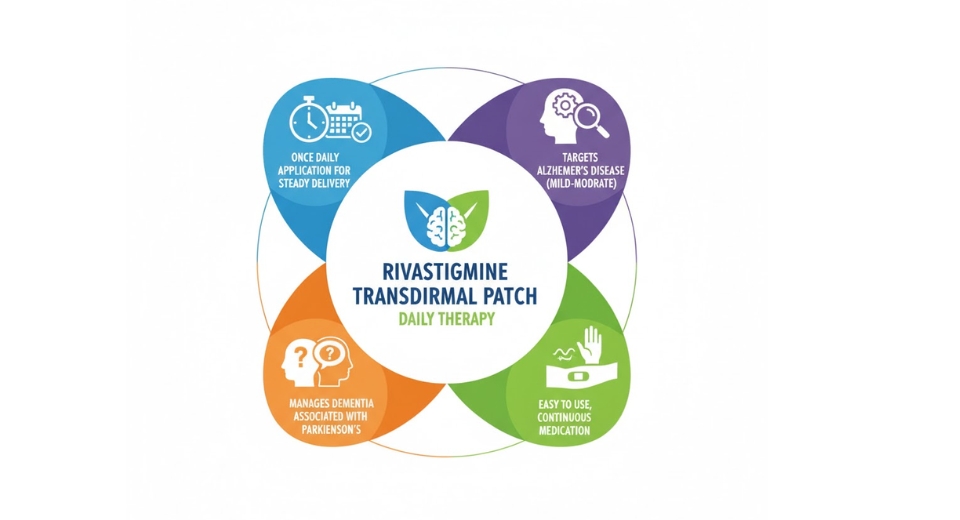
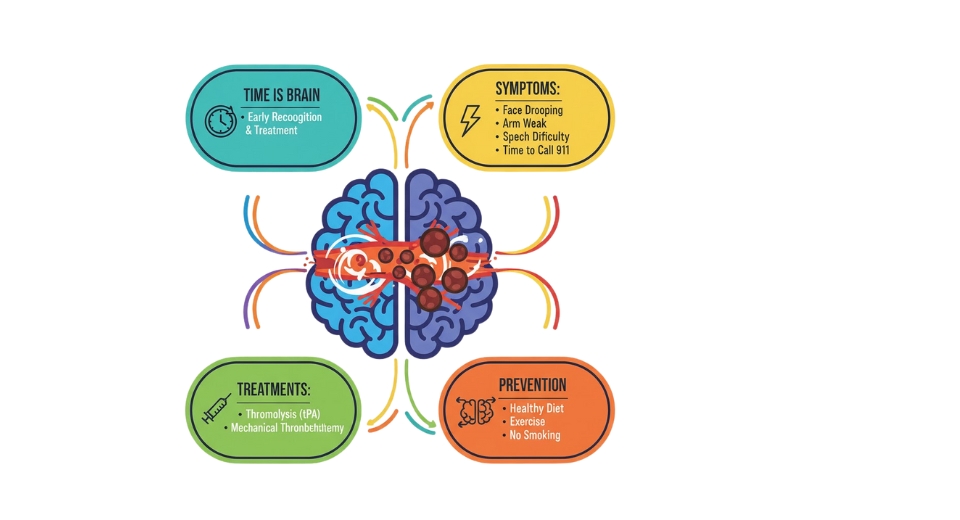
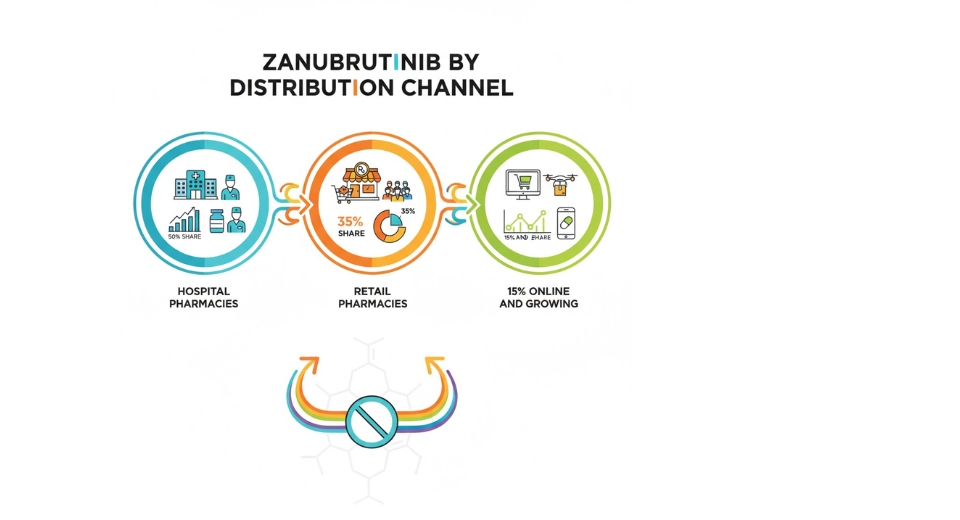

 US: +1 3023308252
US: +1 3023308252






